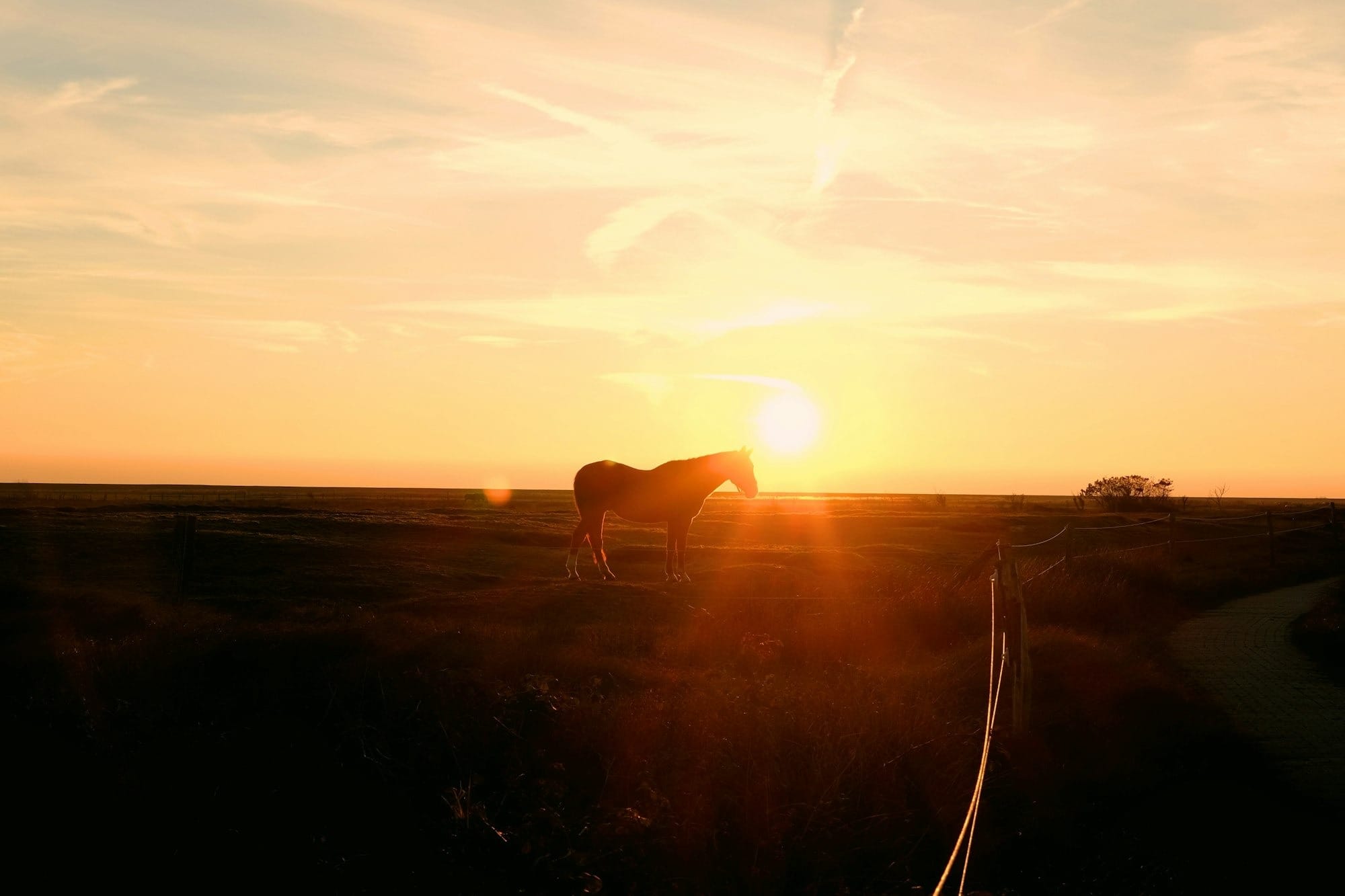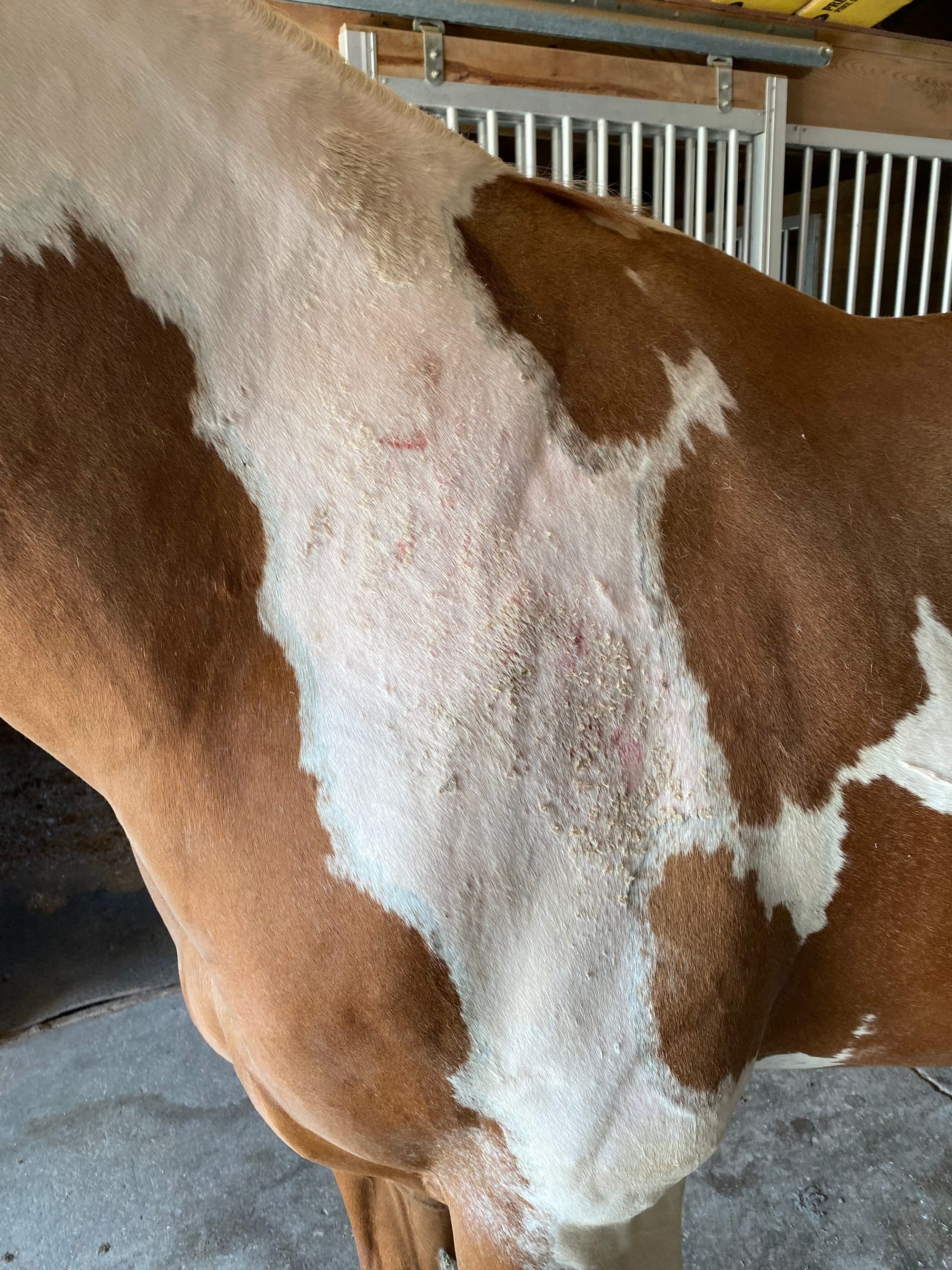Can Horses Get Sunburn? Yup, and Here’s How to Protect Your Pony
Yes, especially light-colored or pink-skinned horses. Protect them with fly masks, UV sheets, shade, and horse-safe sunscreen. Sunburn can cause real discomfort, but it’s easy to prevent with a little prep.

Ah, summer. The season of trail rides, fresh hay, and sun-kissed selfies with your favorite four-legged friend. But while you’re slathering on SPF and reaching for your wide-brimmed hat, you might be wondering: can horses get sunburn too?
Short answer? Yes! Just like us, horses can suffer from too much sun exposure. And while a sunburned horse might not turn lobster-red, the effects can still be uncomfortable and even harmful. So let’s break down what causes equine sunburn, how to spot it, and most importantly, how to prevent it.
What Causes Sunburn in Horses?
Sunburn in horses usually affects areas with pink skin and light-colored hair or no hair at all. Think: noses, eyelids, and sometimes patches on the back or shoulders where the coat is thin. It can also happen on their legs, especially if they have white socks or stockings. Gray, white, paint, and palomino horses are especially susceptible, but any horse can get scorched under the right (or wrong!) conditions.
UV rays are the culprit, but sunburn risk can increase with:
- Photosensitivity caused by certain plants or medications
- Skin conditions or injuries that expose bare skin
- Poor shelter or long turnout times in direct sunlight
What Does Horse Sunburn Look Like?
If you spot redness, peeling, scabby spots, or your horse seems touchy about you petting their nose, sunburn could be the reason. Some horses even get blisters or raw patches that require veterinary care, so it’s not just a cosmetic issue.

How to Prevent Sunburn on Your Horse
Protecting your horse from sunburn doesn’t mean keeping them inside all summer (where’s the fun in that?). With a few simple strategies, you can keep their skin happy and their nose boop-able.
1. Slather on the Sunscreen
Yes, horse-safe sunscreen is a thing! Use a zinc oxide or kid-safe SPF on vulnerable areas like pink noses and eyelids. Apply it daily, especially before turnout, and reapply after heavy sweating or water play.
2. Dress Them for the Weather
UV-blocking fly masks and fly sheets are like equine sunhats and long-sleeve shirts. Many come with extra nose coverage and mesh panels for breathability, perfect for keeping both the bugs and the burns away.
3. Offer Shade and Shelter
Whether it’s a cozy run-in shed or a group of shady trees, give your horse somewhere to retreat when the sun’s blazing. Bonus: It keeps their water cooler too.
4. Know What’s in Your Pasture
Certain plants like St. John’s Wort or clover can cause photosensitivity, making your horse more prone to burns. Some medications can do the same. If in doubt, check with your vet.
5. Time Your Turnout
If your horse is sensitive, consider keeping them inside during peak sun hours (10 a.m. to 4 p.m.) and turning them out in the early morning or evening instead.
When to Call the Vet
If your horse has painful, cracked, or weepy skin or if they seem lethargic and off their feed, it’s time to get a professional opinion. Some cases of “sunburn” might actually be photosensitization from liver issues or plant toxicity, which need quick attention.
Shine On (Safely)!
Horses were born to roam, graze, and soak up the great outdoors, but a little extra care in the summer sun goes a long way. With a touch of sunscreen, some well-placed shade, and a keen eye, you can keep your horse comfy, healthy, and ready for every warm-weather adventure.
And hey, if your horse ends up with a silly white zinc nose, make sure to snap a pic and post it on TurnoutHQ. We’re here for the sun-smart selfies.

